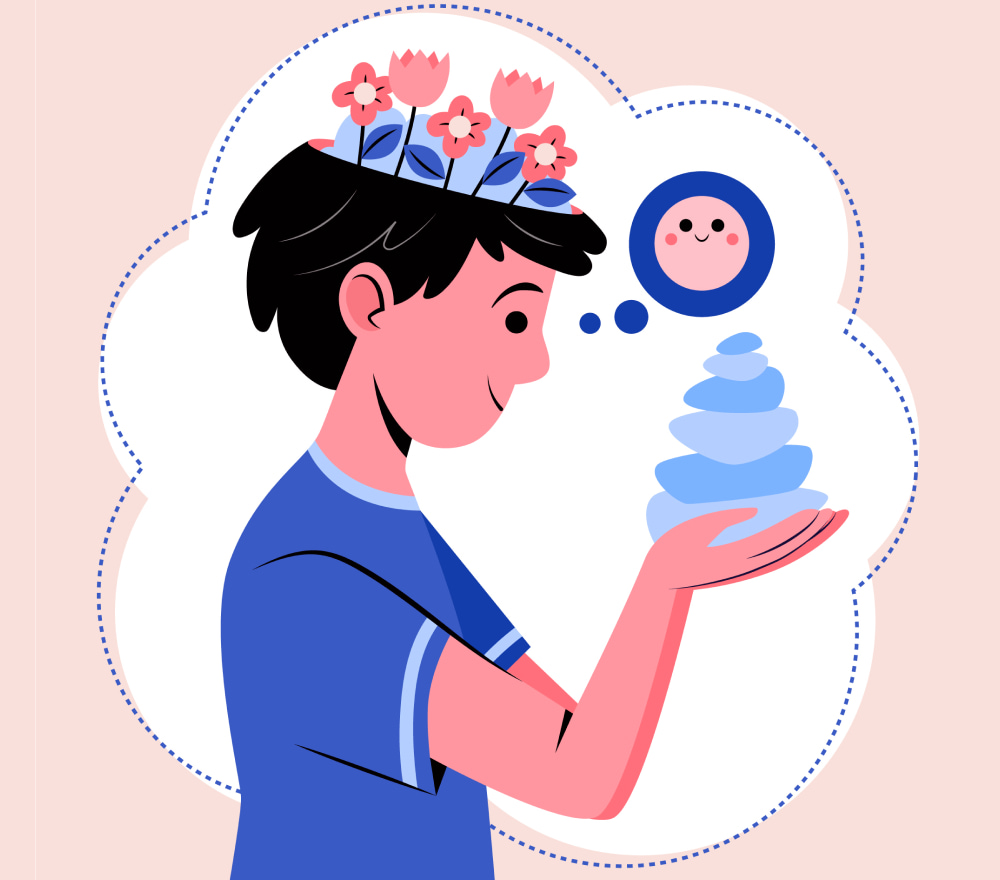Understanding the Myers-Briggs Type Indicator (MBTI) Test

Take Myers Briggs Type Indicator (MBTI) Test
Get StartedKnown as a robust tool for self-discovery, the Myers-Briggs Type Indicator personality test is designed to provide individuals with valuable insights into their behavioral tendencies. This unique instrument has its roots grounded in the theories of the esteemed psychologist Carl Jung, and it effectively categorizes personalities into 16 distinct types. By leveraging this test, individuals can stimulate personal growth, make informed career decisions, and foster healthier relationships. This comprehensive analysis of personality types, through the Myers-Briggs Type Indicator, continues to be a widely recognized method for psychological evaluation.
The Origins and Development of the MBTI Test
The concept of the Myers-Briggs Type Indicator (MBTI) personality test was first introduced by Katharine Cook Briggs and her daughter Isabel Briggs Myers. Inspired by Carl Jung's work on psychological types, they aimed to make Jung's theories accessible to a wider audience. Their development of a structured personality test allowed individuals to discover their unique psychological preferences.
In their relentless pursuit of understanding human behavior, Briggs and Myers meticulously refined a tool that is widely accepted across various fields today. The Myers-Briggs type indicator MBTI for free is a testament to their diligent work, offering an accessible, reliable and valid method for assessing personality types. This tool is not just a theoretical concept, but a practical application used in education, employment, and counseling that provides essential insights into the complex spectrum of human behavior.
The Structure of the Myers-Briggs Type Indicator Personality Test
The personality test by Myers-Briggs Type Indicator evaluates individuals across four dichotomies:
- Extraversion (E) vs. Introversion (I)
- Sensing (S) vs. Intuition (N)
- Thinking (T) vs. Feeling (F)
- Judging (J) vs. Perceiving (P)
These dichotomies combine to form 16 personality types. Participants answer questions in an online format, and their responses reveal their preference for each dichotomy. This structured approach helps in generating a detailed personality profile that individuals can use for personal and professional development.
The Benefits of Taking the MBTI Test
The Myers-Briggs Type Indicator (MBTI) test online offers numerous benefits for individuals seeking self-improvement. By understanding one's personality type, individuals can enhance their communication skills and interpersonal relationships. This self-awareness can lead to greater emotional intelligence and adaptability in various situations.
The utilization of the Myers-Briggs Type Indicator (MBTI) test is a strategic move organizations can adopt, which not only fosters enhanced teamwork but also fuels leadership development. This psychological instrument promotes a profound understanding of the complex interpersonal dynamics within teams, thereby leading to a significant boost in productivity levels and overall job satisfaction.
How to Access the Test
For those interested in exploring their personality types without cost, a search for the free Myers-Briggs type indicator MBTI can yield results. While official versions of the test may require payment, many online platforms offer complimentary versions. These versions provide similar insights and are a great starting point for individuals unfamiliar with the MBTI framework.
Users are encouraged to consider both free and paid options, as professional guidance often accompanies more comprehensive versions of the test MBTI Myers-Briggs type indicator. This additional support can enhance the interpretation of the personality results, providing users with personalized recommendations.
MBTI Types Table
| Type | Description |
|---|---|
| ISTJ | The Inspector: Practical, fact-minded individuals. |
| ISFJ | The Protector: Compassionate and empathetic. |
| INFJ | The Counselor: Insightful and introspective. |
| INTJ | The Architect: Strategic and logical thinkers. |
| ENTP | The Debater: Innovative and quick-witted. |
Conclusion
Engaging with the Myers-Briggs Type Indicator (MBTI) test for free is an invaluable experience for those seeking a better understanding of themselves. By utilizing this test, individuals gain the tools necessary for personal and professional growth. Whether exploring new career paths or improving relationships, the MBTI test serves as a powerful ally.
FAQs on the Myers-Briggs Type Indicator (MBTI)
- What is the Myers-Briggs Type Indicator (MBTI) test?
The Myers-Briggs personality type indicator test categorizes individuals into 16 distinct personality types, providing insights into their behavioral preferences.
- How accurate is the MBTI?
The accuracy of the MBTI test may vary. While it's a subjective measure of personality, many find its results to be reflective of their personal experiences.
- Can the MBTI test be taken online?
There are numerous platforms offering Myers-Briggs type indicator (MBTI) test online. Users can access both free and paid versions depending on their needs.
- Is there a difference between free and paid MBTI tests?
Paid versions often provide more detailed analysis and professional guidance compared to Myers-Briggs personality type indicator test for free.
- Who can benefit from taking the MBTI test?
Individuals looking to enhance personal growth, improve communication, or foster better workplace relationships can benefit from the Myers-Briggs Type Indicator (MBTI) test.
